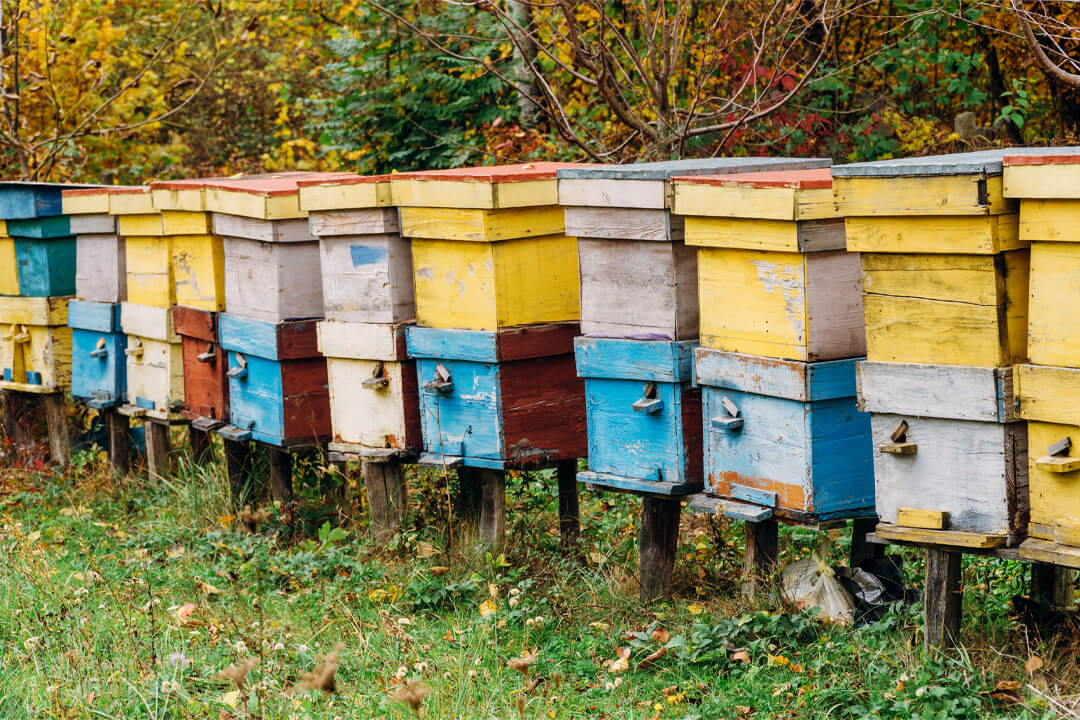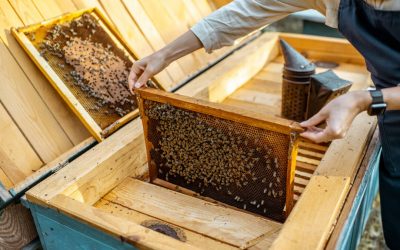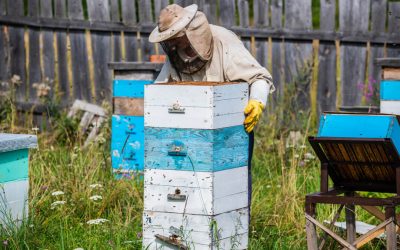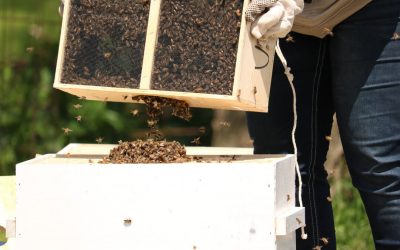When it comes to beekeeping, one of the most important decisions you’ll make is choosing the right beehive. Several different types of beehives are available, each with its own benefits and drawbacks. In this blog post, we’ll discuss the different types of beehives so you can decide which one is right for you.
Which beehive type is best for you?
There is no one-size-fits-all answer to this question. The best type of beehive for you will depend on your individual needs and preferences. Consider what you’re looking for in a beehive and choose the one that best suits you.
Each type of beehive is more suitable for certain things than others. We’ll discuss which beehives are best for beginners, most affordable, easy to use, and best for customization. This way, you can decide which beehive is best for you based on your specific requirements.
Beginner: Langstroth hive
The best type of hive for beginners is the Langstroth hive. This hive is easy to use and maintain, and it’s also very affordable. In addition, the Langstroth hive is the most popular type of hive among beekeepers, so you’ll have no trouble finding resources and support if you choose this type of hive.
Budget: top bar hive
The top bar hive is a good option if you’re looking for an affordable beehive. This type of hive is less expensive than other types of hives, and it’s also relatively easy to build yourself. You can find plans for top bar hives online or in beekeeping supply stores. If you have a specific budget in mind, this hive is a good option.
Easy to use: Warre hive
The Warre hive is a good choice if you’re looking for an easy-to-use beehive. This type of hive is designed to be easy to use and maintain, and it’s also one of the most natural types of hives. The Warre hive is a good choice if you’re looking for an easy-to-use beehive that’s also more natural.
Customizable: Flow hive or Langstroth hive
The Flow hive is a good option if you want a beehive that you can customize to your needs. This type of hive allows you to customize the size, shape, and design of your hive to meet your specific needs. You can find Flow hive plans and kits online or in beekeeping supply stores. Also, Langstroth hives tend to be more customizable than other types of hives.
Limited space: Warre hive or top bar hive
If you have limited space, the best hive to use would probably be the top bar hive or the Warre hive. These hives don’t require as much space as other types of hives, so they’re a good choice if you don’t have a lot of room to work with. Top Bar hives are also lighter than other hives, so they’re easy to move around if you need to.
Take your time in choosing the right beehive type. Research each option and talk to other beekeepers to get their opinion. Choosing a hive that will work best for you and your bees is the most important thing.
4 different types of beehives
Now that we’ve gone over some of the things you need to consider when choosing a beehive let’s take a closer look at the available types of beehives. The most used and well-known types of beehives are the Langstroth hive, the top bar hive, the Warre hive, and the Flow hive.
1. Langstroth hive
The most common type of beehive is the Langstroth hive. Named after its inventor, Rev. Lorenzo Lorraine Langstroth, this hive is the standard by which all other hives are judged. This hive is also great for beginners because it’s easy to use and maintain.
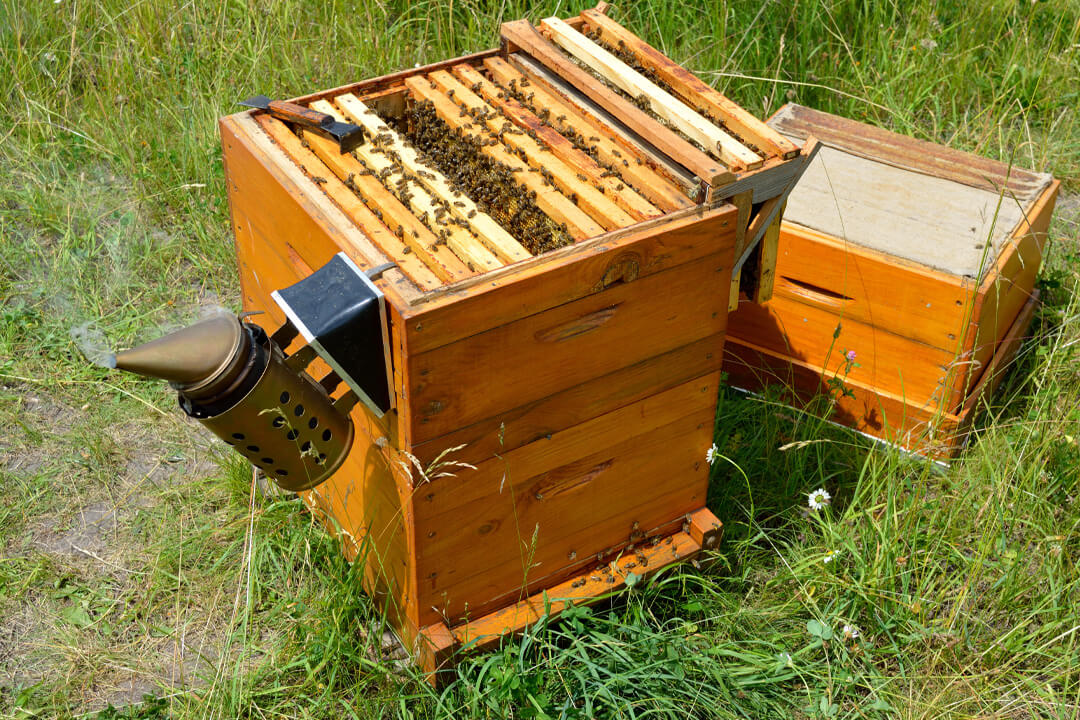
Pros
These hives are somewhat easy to install for beginners.
Cons
2. Warre hive
The Warre hive is a more traditional configuration that was popular in Europe before the Langstroth hive became the standard. Warre hives are made of wood and have a vertical design. These types of hives are also very easy to make by yourself, so they can be a great option if you’re looking to save money.
Warre hives may not be the best choice if you’re looking for an attractive bee hive. However, the bees build their comb on these Warre hive frames, like the Langstroth hives, so beekeepers can easily remove them for honey extraction.
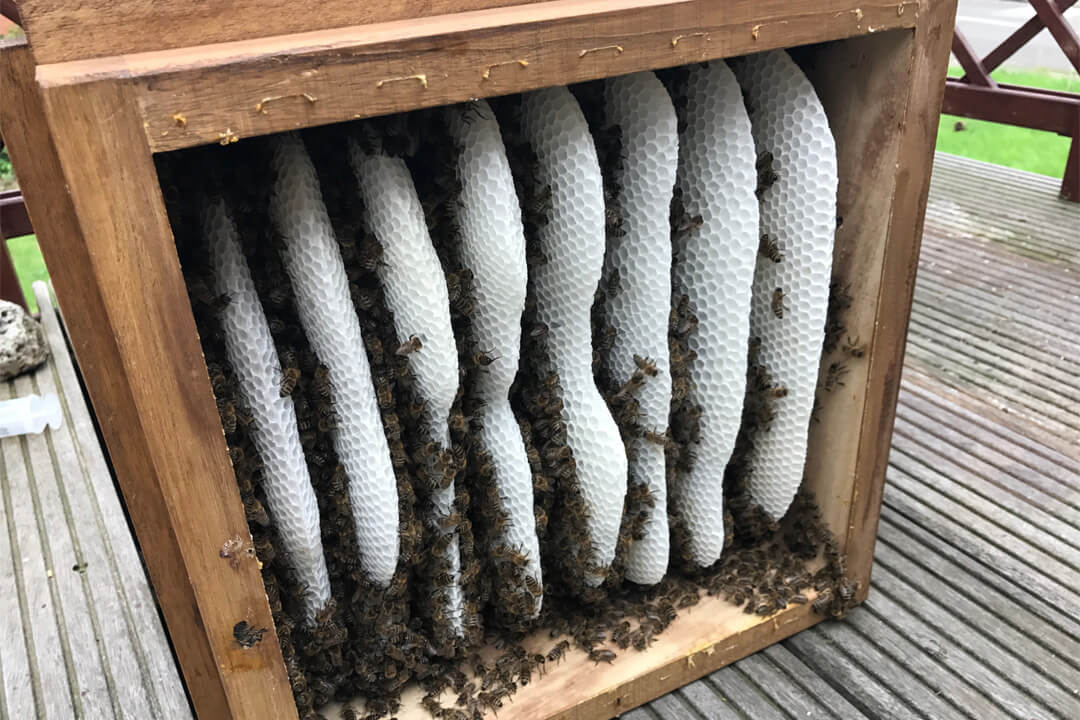
Pros
Cons
3. Top bar Hive
The Top Bar hive is a newer design that’s gaining popularity among beekeepers. Top Bar hives are similar to Warre hives in that they’re made of wood and have the same vertical layout. However, they are different than Warre hives by having a horizontal bar across the top of each frame, hence the name.
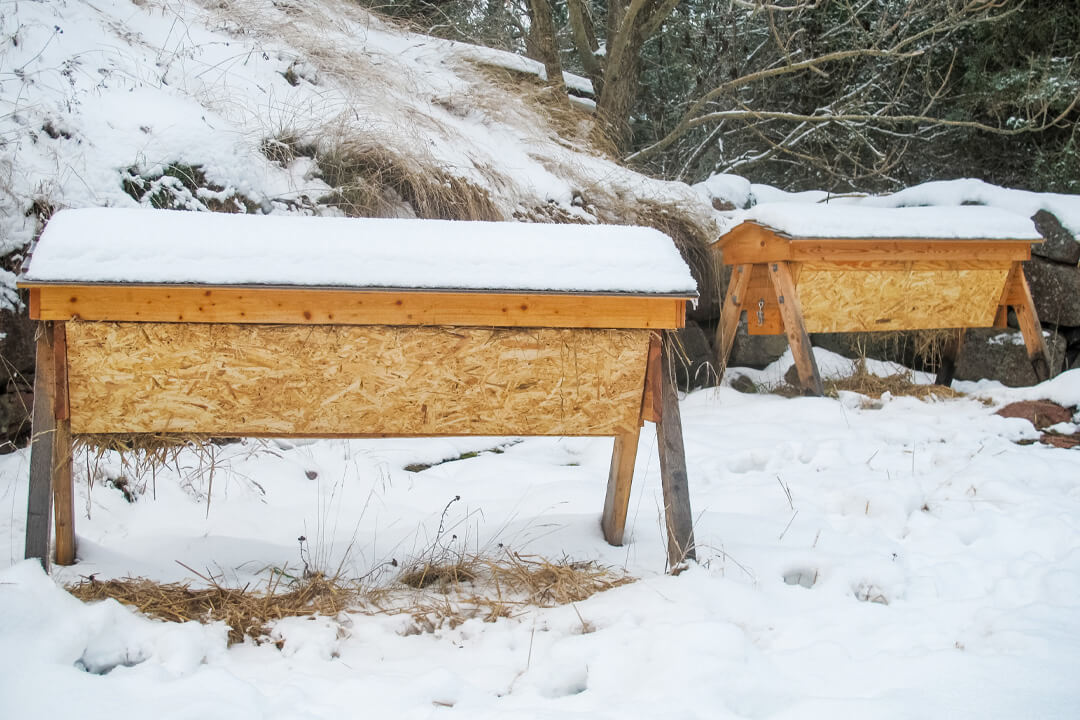
Pros
Cons
The lack of frames makes it harder to raise queens in this hive.
4. Flow Hive
Flow Hive is relatively new to the beekeeping world. It can be found online or in some stores that sell beekeeping supplies. A Flow Hives look like traditional hives, but they have a special feature that allows the beekeeper to harvest honey without disturbing the bees.
Overall, a Flow Hive can last for years as long as they are well-maintained. If your main priority is maximizing honey production, this hive has the most effortless way to harvest honey compared to the other hives.
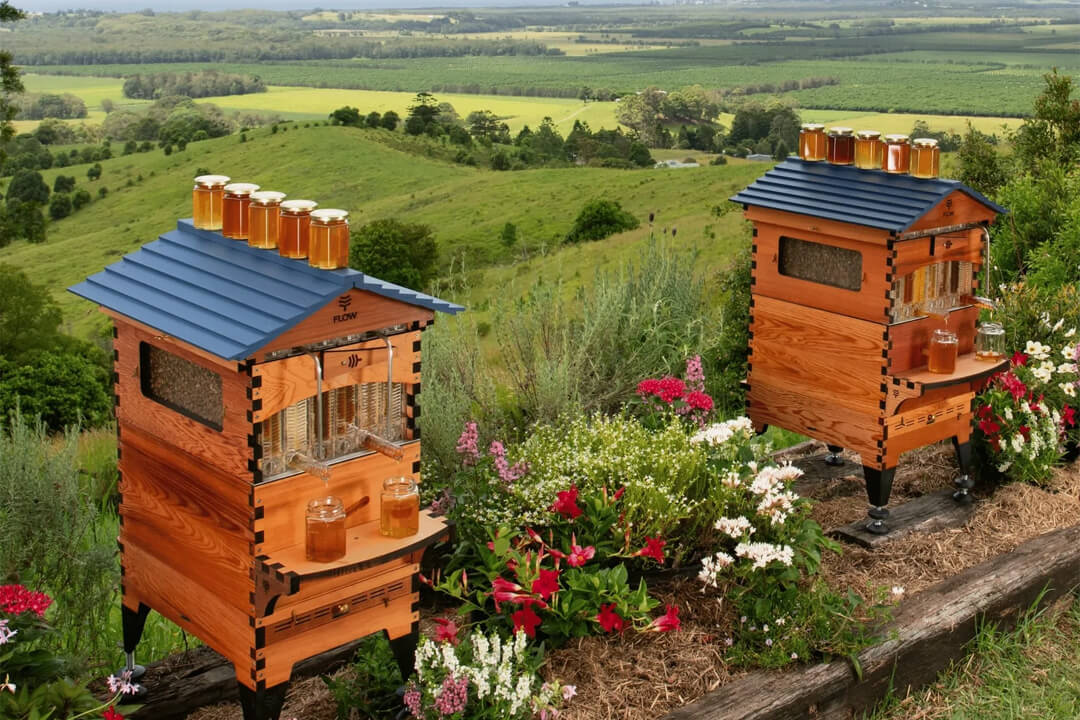
Pros
A Flow Hive is easy to use and don’t require much experience to set up.
Cons
A Flow Hive can be expensive.
Final thoughts
There are a variety of different beehive types available to beekeepers. Each has its own advantages and disadvantages. After reading this blog, you should have a better idea and understanding of what beehive types are out there. Consider what you’re looking for in a beehive and choose the one that best meets your needs. Happy beekeeping!
Read our article How to Start Beekeeping: A Beginners Guide for more information how to successfully start a beehive.

